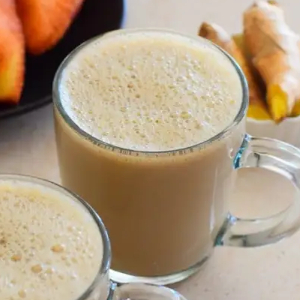Yesterday, we looked over the typical traditional Kenyan dinner menu. We found Kenyan versions of many dishes that came to the country through tribal cultures and some that were imported by the British. Today we’ll round out the meal with a look at their breads, sweets and beverages…
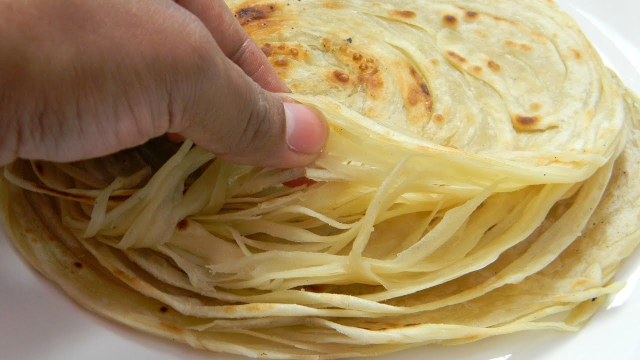 Chapati Za Ngozi: The Kenyan take on an import from India. Their national bread!
Chapati Za Ngozi: The Kenyan take on an import from India. Their national bread!
On our menu today
While the Kenyan diet is firmly rooted in roasted means and stews, and the country’s produce focuses sharply on collards, tomatoes and onions, the culture does have a tradition of breads, sweets and signature beverages.
Breads
You might think a place like Kenya, whose cuisine is based largely on ancient tribal customs and where maize (corn) is the only plentiful grain, would not have any wheat flour breads in its national cookbook, but you’d be wrong. European-style breads baked commercially, are everywhere in urban settings, but you’ll find two ancient and venerable native breads across the countryside.
Chapati Za Ngozi: Kenya’s own version of the ubiquitous Indian flatbread. Brought by British colonial administrators from India, the Kenyan chapati differs from its progenitor in that it has a more complex structure. The dough is divided into small balls, each of which is rolled into a thin circle – and rolled again into a tube-shape. The tube is coiled-up and rolled flat again. This is the finished chapti, which is pan-fried for a couple of minutes until cooked through. The intricate rolling and coiling gives these Kenyan chapatis a unique layered, flaky internal texture. They’re served at every meal and are expected by diners alongside soups and stews. They even find a role as bases for wraps.
Mahambri: Fried Bread. These pop-up breads are made with flour, yeast, sugar, eggs and coconut milk, and flavoured with cardamon. The dough requires a couple of raisings which will take a few hours in total. The dough is finally formed into balls which are rolled out flat and cut in 4 wedges.
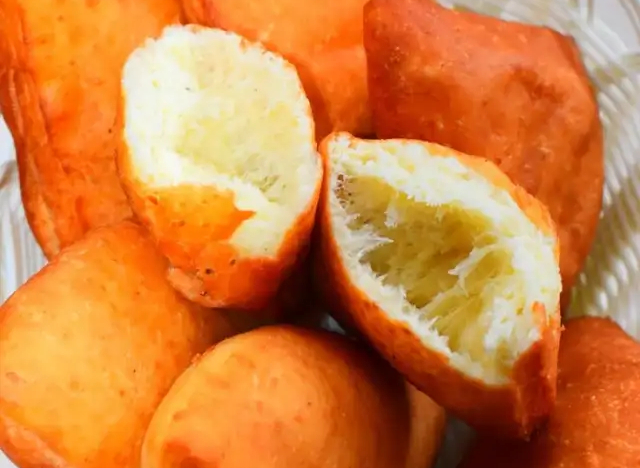
They’re fried in a generous amount of oil and should puff up immediately. Mahambri expert Sabiha Khokhar shares: “A true mahambri has to be hollow on the inside for stuffing, slightly crunchy on the outside and not too sweet. It’s a must have with tea when peckish, is great as an accompaniment to a party spread and is most definitely the best to mop up […] juices.”
Desserts
Kenyans aren’t big on deserts and sweets, but they do cherish a few traditional treats…
Dessert Mahambri: The aforementioned Mahambri are a little sweet, and show up as snacks and meal-topping sweets in various forms, with various fillings and dips. They’re a fave handheld food enjoyed by Kenyans everywhere.
Crunchy N’Dizi: Baked Bananas coated in Peanuts. Whole Bananas are peeled and steamed to soften and warm through. They are then drained and dried, brushed with melted butter…
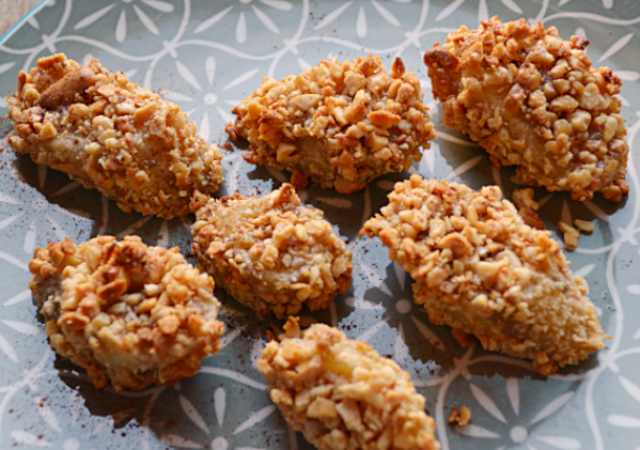
…and rolled in crushed peanuts. The bananas are then baked in a 375 F oven for about 15 minutes. Goes great with custard cream or ice cream!
Maandazi: Little square, sweet pastries. Similar to Mahambri in some respects, these puffy pastries are leavened with baking powder. But they are still based on flour, eggs and sugar, and are deep/shallow fried. They’re crispy and bite-sized, and as kenyatravelideas.com says, “OH SO GOOD! – When you have one you can’t stop!”
Beverages
Chai ya tangawizi: Kenyan spiced tea (see photo, top of page). We’ve heard of Chai before, but the Kenyan variant is based on plain black yea, flavoured with milk, sugar and ginger. Everybody drinks it everywhere in Kenya. Paired with Mahambri pastries, it’s a classic tea-time treat. By far, the country’s most popular beverage!
Tusker: Kenya’s internationally acclaimed pale lager beer, clocking in at 4.2 percent alcohol by volume. They sell more than 700,000 hectolitres / just under 18.5 million U.S. gallons of the stuff each year in Kenya alone.
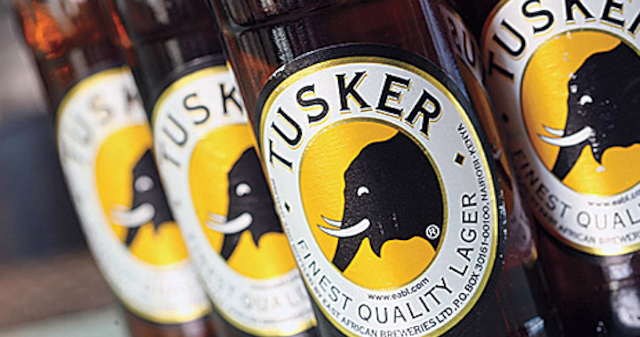
It’s slogan is, “Bia yangu, Nchi yangu” which means “My beer, My country” in Kiswahili.
Changaa: The grassroots spirit of Kenya. Wikipedia explains, “Changaa or Chang’aa is a traditional home-brewed spirit, popular in Kenya. It is made by fermentation and distillation from grains like millet, maize and sorghum, and is very potent.” It’s always been popular with folks in the hinterland, and they haven’t always been too careful about how they make it. But the government legalized it in 2020, primarily so they could regulate its manufacture. Changaa bootleggers can now be fined up to five million Kenyan shillings, slapped with five years in jail, or both.
And that’s the story…
… On traditional Kenyan breads, sweets and beverages. As strong as the century of British colonial influence was, it couldn’t keep ancient Kenyan traditions down!
~ Maggie J.

